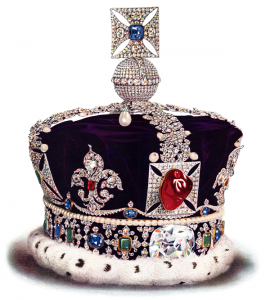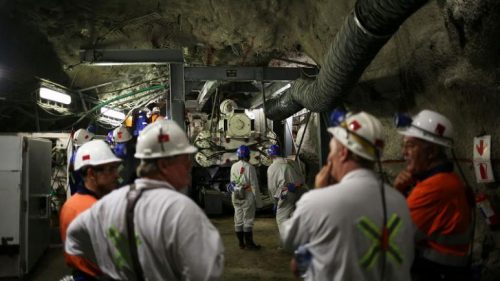Petra Diamonds (LON: PDL) announced the launching of a special tender process for the Letlapa Tala Collection, which comprises five blue diamonds sourced from the Cullinan mine in South Africa.
Cullinan is known as the world’s most important source of blue diamonds, as well as being the place of birth of the 3,106-carat Cullinan diamond, which was cut to form the 530-carat Great Star of Africa and the 317-carat Second Star of Africa, being the two largest diamonds in the British Crown Jewels.
In a press release, Petra said that the name of the new collection actually means ‘blue rock’ in Northern Sotho (commonly known as Pedi), the predominant language spoken in the Cullinan area.
CULLINAN IS KNOWN AS THE WORLD’S MOST IMPORTANT SOURCE OF BLUE DIAMONDS

The collection consists of five Type IIb blue diamonds of 25.75, 21.25, 17.57, 11.42 and 9.61 carats, respectively. Type II diamonds contain no detectable nitrogen in their chemical structure and tend to display exceptional transparency. Type IIb stones contain a small amount of boron, which is what determines their blue colour.
“Blue diamonds are so rare that most people working in the diamond industry have never even seen one,” the media release states. “There are no official statistics on their recovery, so it is therefore even more unusual that these five spectacular stones were all recovered within the space of one week’s production in September 2020.”
According to Petra, this is likely to be the first time that five blue rough diamonds have ever been offered for sale at one time, with buyers being offered the chance to bid either on individual stones, more than one, or for the entire collection.
The Letlapa Tala gems will be available for viewings in Antwerp from October 25 to November 1; Hong Kong from November 5 to November 10; and New York from November 16 to November 20, 2020.
Source: Mining.com




